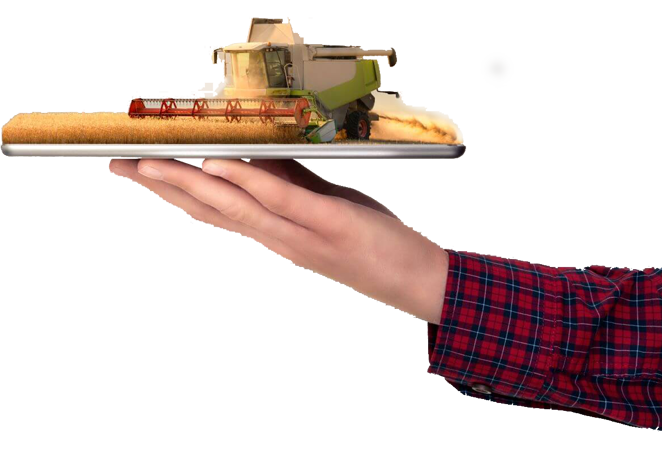Agriculture, the foundation of our civilization, has evolved tremendously over the years, and technology has played a pivotal role in its transformation. One of the most exciting recent developments is the integration of Virtual Reality (VR) in agriculture.

This immersive technology isn’t just for gamers and tech enthusiasts anymore; farmers and agronomists are tapping into its potential to enhance crop management, improve training, and forecast agricultural trends. In this article, we will explore how VR is revolutionizing the agricultural sector, how it’s been used, and the future of VR in Agriculture.
From training to optimization
One of the primary applications of VR in agriculture is training. As the agricultural landscape becomes increasingly complex, training new generations of farmers is essential. VR offers an immersive and interactive learning experience, allowing aspiring farmers to be hands-on without the physical constraints of a traditional farm. They can virtually navigate fields, operate machinery, and handle livestock, while training in a variety of weather conditions such as droughts and pest invasions. And if they’re curious about farming practices around the world, they can travel to destinations as far as rice paddies in Asia and vineyards in the South of France.
Augmented Reality (AR) also plays a significant role in agriculture. AR technology and apps enable farmers to access real-time stats about their fields, including soil conditions, weather forecasts, and crop health. This information empowers them to make data-driven decisions and plans, enhancing crop yields and overall farm efficiency.
AR systems also guide farmers with tasks like planting seeds, applying fertilizers, managing irrigation, and improving their accuracy and precision. In particular, AR glasses provide augmented step-by-step instructions that can be accessed both in the field and remotely.
Keep growing
The future of VR in agriculture looks promising, with numerous exciting developments on the horizon. One such innovation is Opti-Harvest, a revolutionary technology that combines VR and data analytics to optimize the harvesting process.
Using VR, farmers can visualize their entire harvest process, from equipment deployment to crop collection. This simulation enables them to identify bottlenecks and inefficiencies in real-time, allowing for quick adjustments to maximize output.
In addition to improving efficiency, Opti-Harvest also promotes sustainability by reducing resource waste and energy consumption. As the world faces increasing environmental challenges, agriculture technology solutions like Opti-Harvest offer a beacon of hope for a greener and more sustainable agricultural future.
As we move forward, virtual and augmented realities are poised to make agriculture more efficient, sustainable, and resilient in the face of the challenges ahead. The journey has just begun, and the future of VR in agriculture holds boundless opportunities for growth and innovation.
